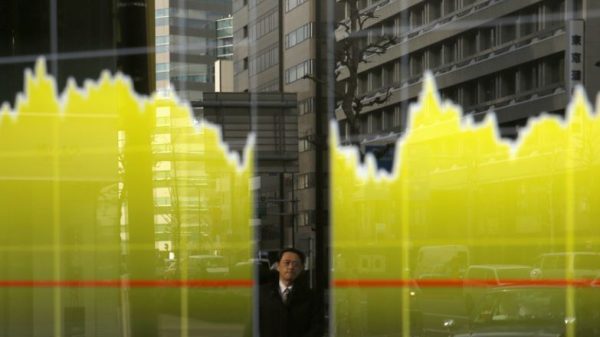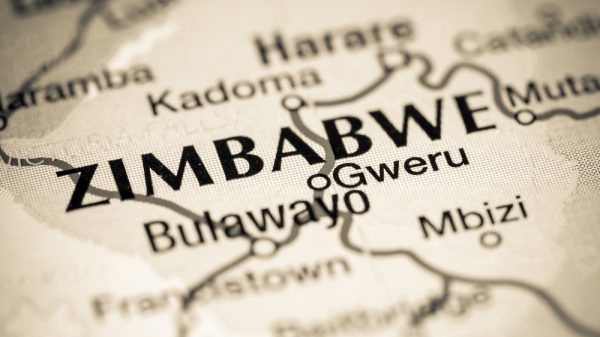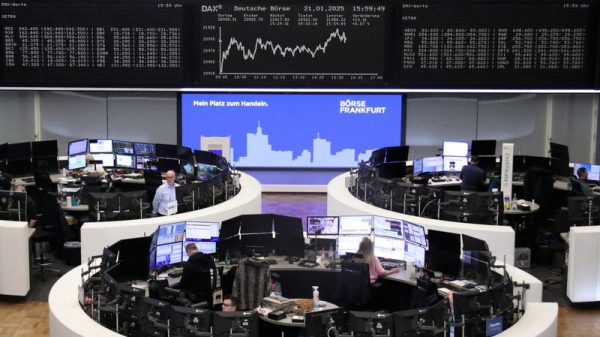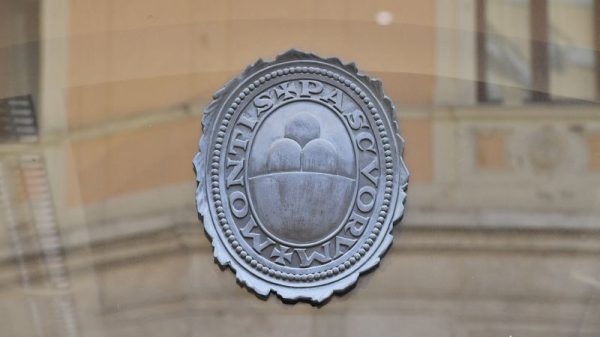Australia’s economy looks very conflicting on paper. The headline economy feels slow. Interest rates have come down and markets are expecting a more favorable environment.
National indicators point to soft momentum and fading tailwinds. On the ground, brand-led consumer companies are scaling and exporting.
This split is important for policy and for capital because it shows where growth is forming and where it is blocked. This analysis maps the gap and sets out what must change next.
Why is growth stalling so much?
The national accounts show a clear pattern. Real GDP rose 0.2% in the March quarter and 1.3% over the year. GDP per capita fell 0.2% in the quarter, which lines up with how living standards feel on the ground.
Government spending, which supported activity last year, was flat and became the largest drag since 2017. Extreme weather conditions was cited as the core reason for interrupted mining, tourism and shipping, and slowed exports.
Households are careful. Even as inflation eases and mortgage rates drift lower, many families save the relief rather than spend it.
That is typical late in a tightening phase, when real incomes have been squeezed and job security feels less certain.
The Reserve Bank cut rates twice in 2025 to 3.85%, and futures price a high chance of more cuts.
Monetary policy is working, but the transmission is weak. The risk is a stall speed economy where the national totals stay positive but per person outcomes keep slipping.
This is not a niche story. Australia trades deeply with Asia, sells key commodities, and runs a floating currency that moves fast.
When the domestic engine idles, the exchange rate and the external sector do more work.
That raises volatility for trade exposed firms and complicates central bank choices.
Productivity is missing in action
The deeper problem is supply side. Market sector productivity has been flat since 2016.
Over the past decade, living standards in advanced economies rose about 22% on average. Australia managed about 1.5%, according to an analysis.
That is the key reason real wages have struggled and why budgets feel tight even with unemployment still low by historical standards.
Two things mask this. First, strong commodity prices earlier in the decade lifted national income even as productivity sagged. Second, population growth kept top line GDP rising even while output per person slowed.
Neither is a plan. The next leg requires adoption rather than invention.
That means pushing diffusion of AI and digital tools into services that dominate the economy, along with easier market entry and better procurement in health, education and professional services.
Productivity moves when many firms change how they work, not when a few firms build demos.
The political time frame is shorter than the productivity time frame. That is why fiscal policy often chases visible projects and near term relief. It is also why the national conversation can get stuck in crisis language that does not fit the facts.
Australia is not in a 1986 type shock. It is in a slow burn. That calls for patient, compounding reforms that affect the plumbing of the economy rather than headline grabbing announcements.
Does Australia’s economy have a tax problem?
Tax design shapes behaviour. On that test, the current mix is costly.
Modelling by Chris Murphy estimates the extra economic cost per dollar raised. Broad municipal style land taxes have a small negative burden.
Resource rent taxes on super profits can even improve welfare because they fall on economic rents, often paid by foreign owners in the case of petroleum. Broadening the GST base has a lower cost than lifting personal or company tax rates.
The high burden taxes stand out. Stamp duty on property transactions destroys mobility. Insurance taxes push households to underinsure in a country with rising climate risk.
Personal income and company tax discourage work and investment more than a broad consumption base would.
The Guardian’s summary of these estimates puts marginal excess burdens at about 74 cents for stamp duty, 69 cents for insurance taxes, 48 cents for personal income and 65 cents for company tax, versus 13 cents for GST base broadening and small offsets for land and rent taxes.
Shifting the mix needs federal state compacts because the worst taxes are mostly at state level.
The workable path is a swap. Replace stamp duty with a broad annual land tax, grandfather existing owners, and provide means tested relief for asset rich cash poor households.
Broaden the GST base and recycle part of the proceeds into low and middle income compensation and targeted income tax relief.
Move from royalties that tax output to rent based designs that tax super profits. None of this is easy. It is the cheapest growth Australia can buy.
The brand engine most investors miss
The consumer economy looks different if you drop down a level. The retail goods sector is about A$252.7 billion this year, according to industry forecasts cited by investors in the space.
Online spend reached about A$63.6 billion in 2024, roughly 17% of total retail, up from about 10% before the pandemic.
Australia Post and bank trackers put online turnover near A$69 billion as of late 2024, a 12% rise year on year. Projections to 2034 imply a 5-6% compound rate, with total retail near A$725 billion.
This is not a story about discounting. It is about brand and operating discipline. Some brands like Zimmermann and MCoBeauty showed that Australian labels can deliver premium exits and resilient margins.
Others scaled on product velocity, community and efficient customer acquisition rather than heavy fixed assets. These firms sell into niches that keep growing even when aggregates stall.
But the capital stack has a hole. Most women owned brands can push to A$500,000 of revenue with bootstrapping and direct to consumer tactics. The hard leap is from there to A$20 million.
Venture capital often prefers software metrics. Private equity tends to wait until revenue or profit is already in the eight figures. Bank credit still leans on old collateral models.
The result is a funding dead zone right where growth is fastest and returns are richest.
It also means Australia leaves money on the table because the country is good at building margin rich brands but not at financing the scale stage that turns them into exporters.
The fix is not exotic. Lenders can underwrite to unit economics that matter for modern consumer businesses. Gross margin. Repeat purchase. Cash conversion cycle.
Media efficiency. Inventory turns. Those are the predictors of durability. Public guarantees can crowd in private balance sheets, just as they did in other sectors during past transitions.
If investors want exposure to Australian growth in the next decade, this is where it sits.
Housing and climate are the real tests
Two files will reveal whether Canberra can act. Housing first. Affordability will not improve without more dwellings where people work.
That requires a national compact on zoning capacity near transport, faster approvals with clear time limits and rewards for councils that deliver completions.
Converting stamp duty to a land based charge would increase mobility for downsizers and first buyers. Build to rent can scale with planning certainty and clear tax treatment for foreign capital.
Climate next. The cost of disasters is already on the budget and on household balance sheets. Stronger targets are only useful if the grid can carry new generation and if firming capacity is built on time.
Regional transition packages should be explicit and time bound. They should focus on training and place based investment where jobs will actually exist.
When Australia introduced a carbon price in 2012 it paired the policy with compensation for trade exposed sectors and low income households. That is the right template. Name the losers. Help them adjust. Keep the policy predictable.
As for investors, the saving ratio and retail volumes will tell you when households stop hoarding cash. Hours worked and underemployment will move before the headline jobless rate.
Services inflation will decide how fast the Reserve Bank can cut. Housing approvals, commencements and completions will show whether supply is finally turning.
Planning reforms and any concrete steps on stamp duty to land tax will signal whether the politics is catching up with the economics.
If the answers break the right way, the macro will begin to look more like the best of Australia’s micro.
The post What most investors don’t know about Australia’s economy appeared first on Invezz




































